Discover the Art of Japanese Cuisine
Japanese cuisine, or washoku, is a reflection of nature, seasonality, and harmony. Each dish is crafted with balance in taste, presentation, and nutritional value. From a simple bowl of rice to an elaborate kaiseki meal, Japanese food celebrates mindfulness in every detail.
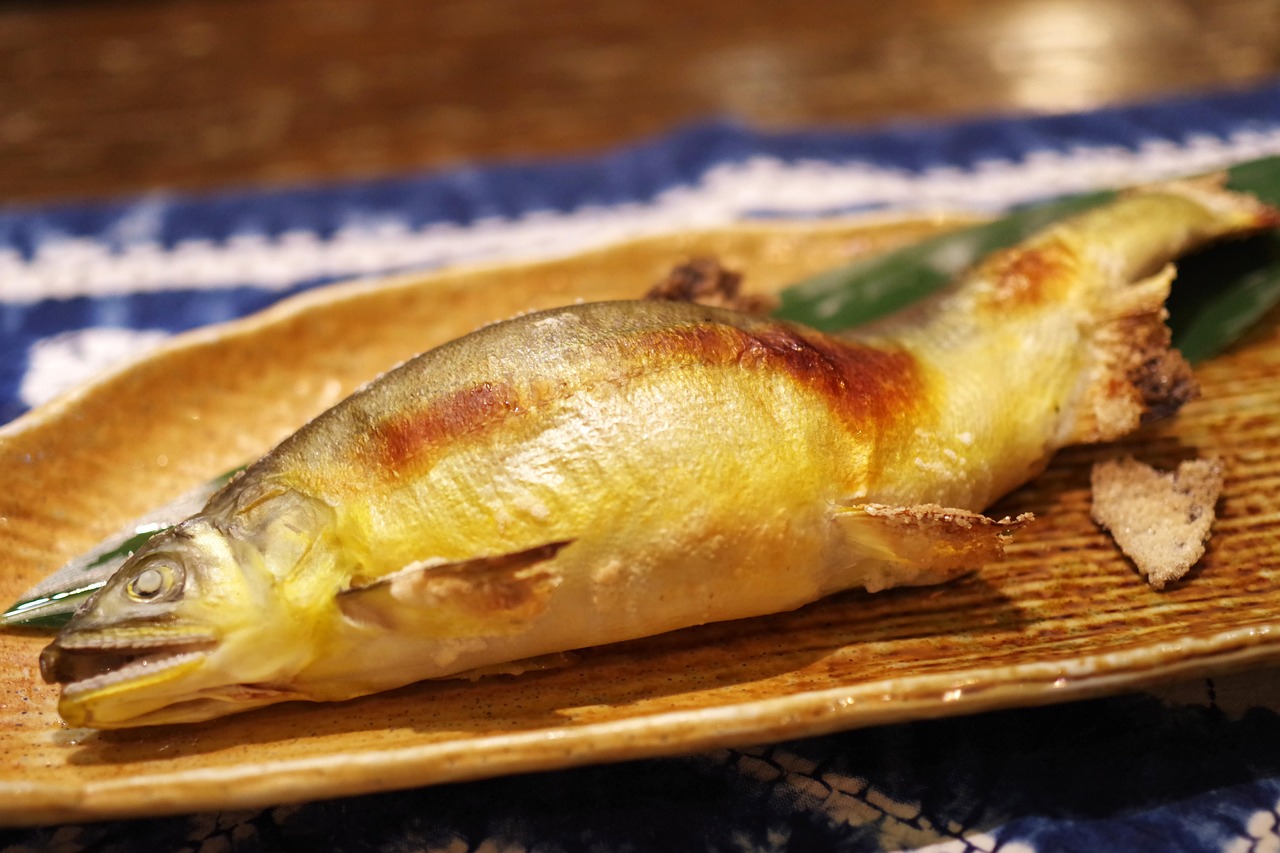
Seasonal Ingredients
Japanese cuisine values the essence of each season.
Fresh ingredients like grilled ayu (sweetfish) highlight the beauty and taste of nature in summer dishes.
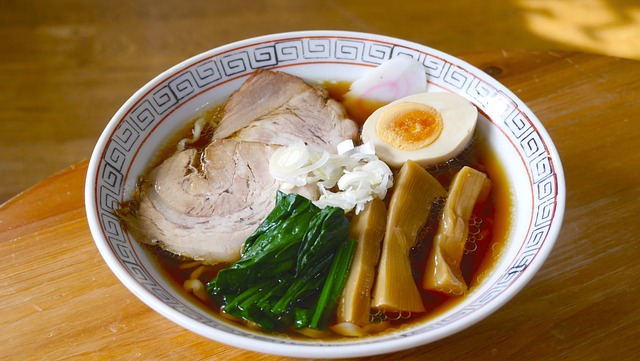
Umami Balance
Umami is the fifth taste that defines Japanese cuisine.
A bowl of ramen combines savory broth, soy sauce, and ingredients like chashu and egg to create perfect flavor harmony.
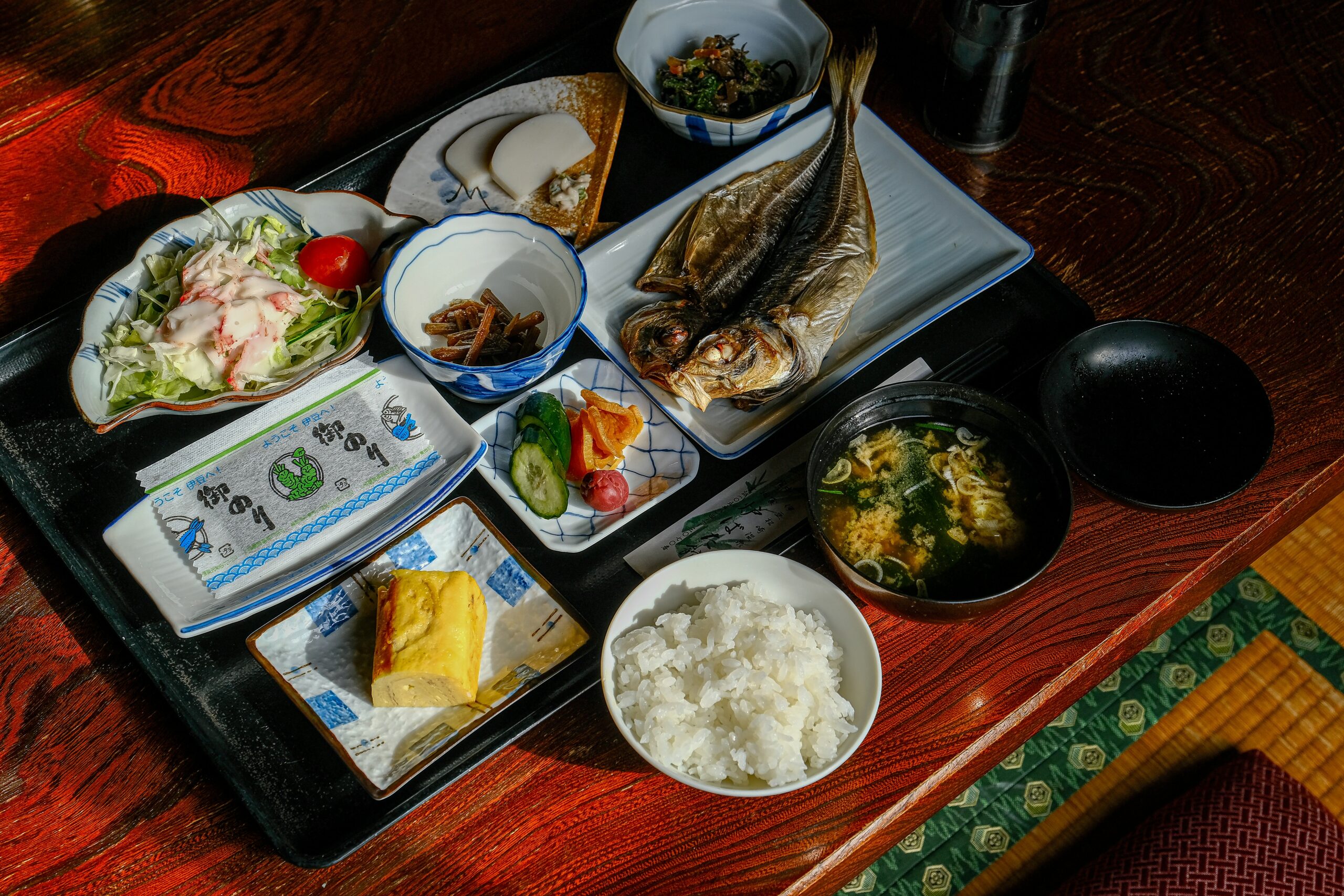
Art of Presentation
In Japanese cuisine, visual appeal is as important as taste.
From the choice of dishes to the careful arrangement of food, every element reflects aesthetic harmony and hospitality.
Elements of Washoku
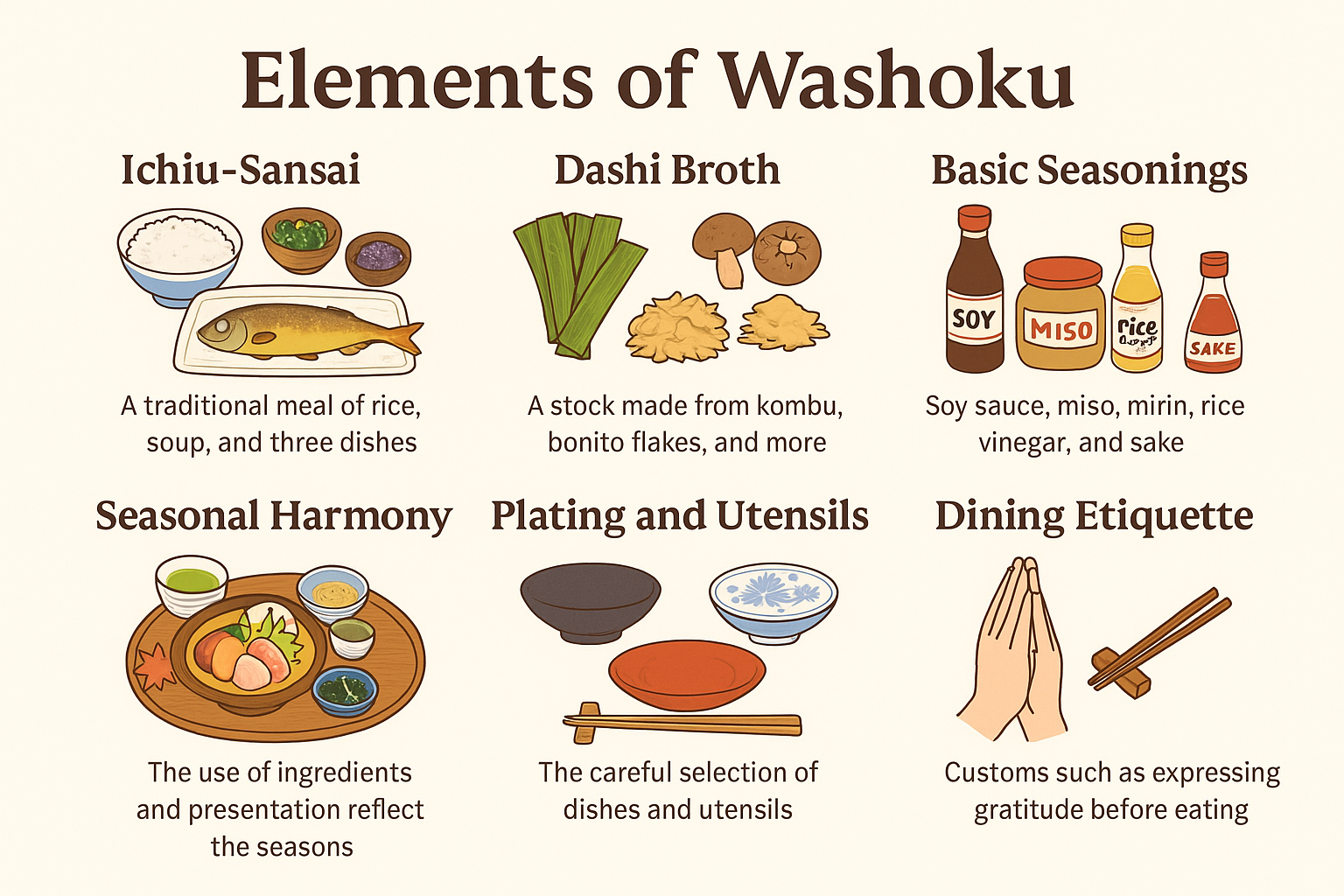
This illustration introduces core elements of traditional Japanese cuisine, including Ichiju-Sansai (one soup, three dishes), dashi broth, seasonal harmony, and dining etiquette.
Key Elements of Washoku
Ichiju-Sansai(一汁三菜)
A traditional Japanese meal structure consisting of one soup and three side dishes. It reflects balance, nutrition, and harmony in everyday dining.
Dashi Broth(だし)
A flavorful stock made from kombu seaweed, dried bonito flakes, and other umami-rich ingredients. Dashi forms the foundation of many Japanese dishes.
Basic Seasonings(基本の調味料)
Washoku relies on five key seasonings: soy sauce, miso, mirin, rice vinegar, and sake. Each adds depth and subtlety to the flavor profile.
Seasonal Harmony(季節との調和)
Seasonal ingredients are used not just for taste, but to express the beauty of each time of year. Harmony with nature is central to Japanese cuisine.
Plating and Utensils(器と盛り付け)
Attention is paid to the choice of dishes, colors, and arrangements. Plating is an art form that reflects care and aesthetics.
Dining Etiquette(食事の作法)
Japanese dining includes respectful customs such as saying "Itadakimasu" before meals and "Gochisousama" after eating to show gratitude.
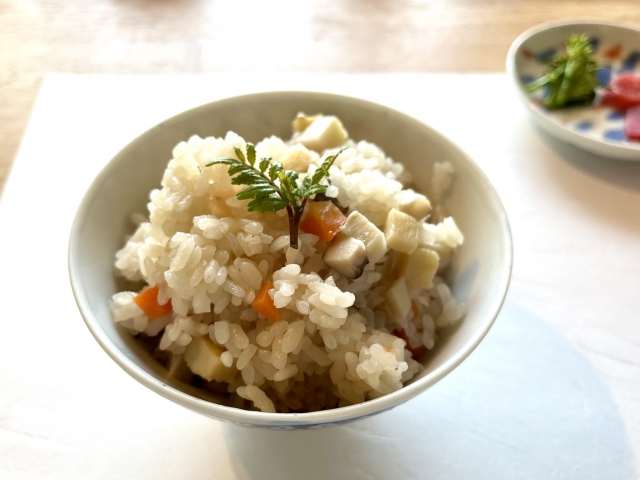
A seasonal bowl of bamboo shoot rice, known as “Takenoko Gohan.”
How to Enjoy a Traditional Japanese Meal
Hold your bowl
In Japanese culture, it is polite to lift your rice bowl when eating. Holding it in one hand while using chopsticks with the other shows respect for the food.
Say “Itadakimasu”
Before eating, Japanese people say “Itadakimasu,” which expresses gratitude for the food, the cook, and nature. It’s more than manners—it’s a mindset.
Don’t waste food
Leaving food uneaten is considered wasteful. Japanese meals are often served in small, balanced portions that are meant to be enjoyed entirely.
🍣 Discover Local Specialties from All 47 Prefectures
From Hokkaido's lamb barbecue to Okinawa's bitter melon stir-fry, explore unique flavors across Japan.
View All Regional Dishes ▶🍱 Common Japanese Dishes You Should Try
Japanese cuisine is full of iconic dishes that offer a glimpse into the country's culinary traditions. Here are some popular meals that you should definitely try when visiting Japan.
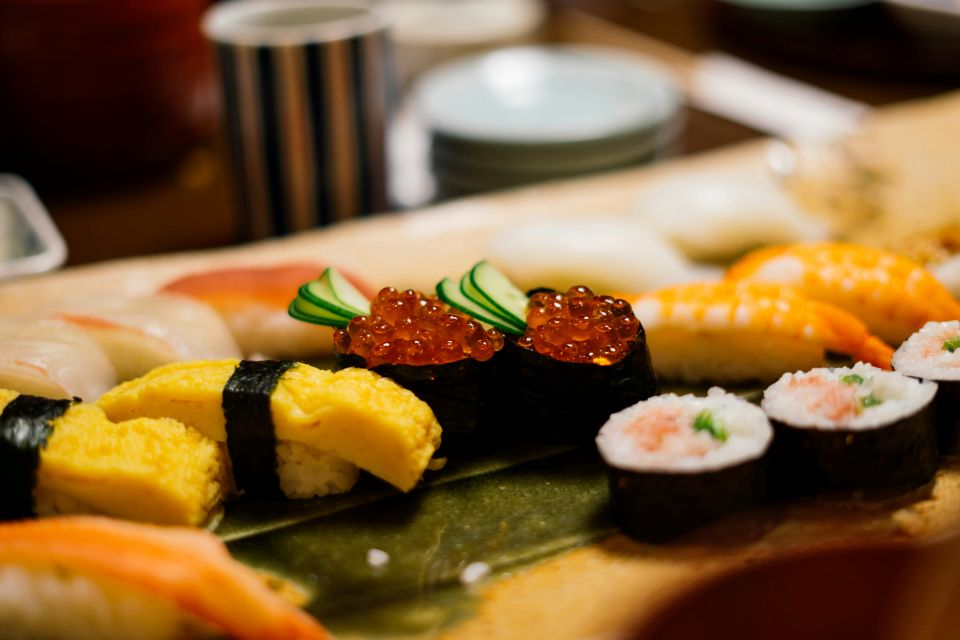
Sushi
A symbol of Japanese cuisine, sushi combines vinegared rice with fresh seafood or vegetables. It comes in many styles, from nigiri to rolls.
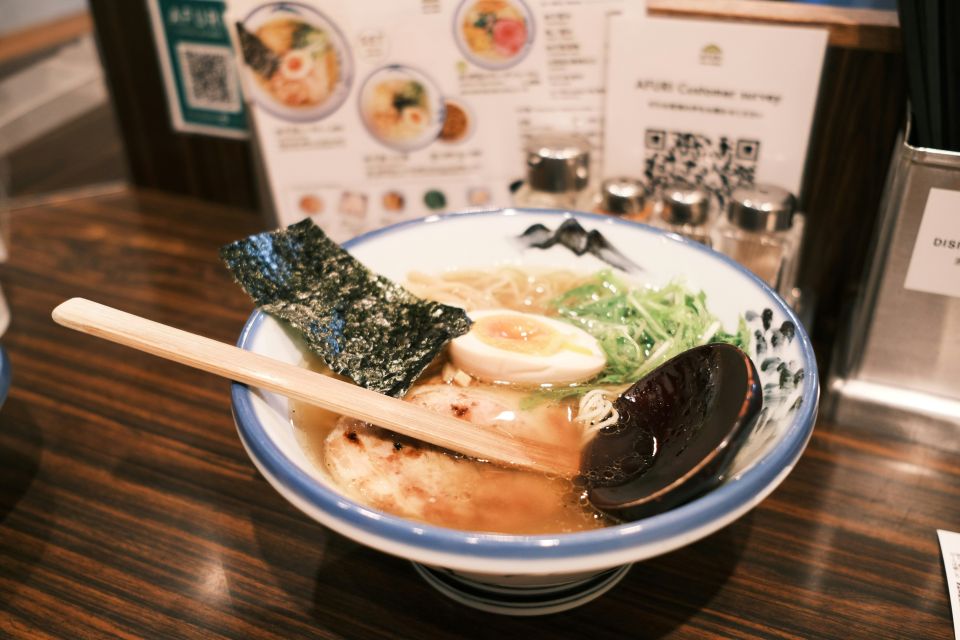
Ramen
Ramen is a beloved noodle soup dish with regional varieties. The broth, toppings like pork and egg, and chewy noodles make it a satisfying meal.
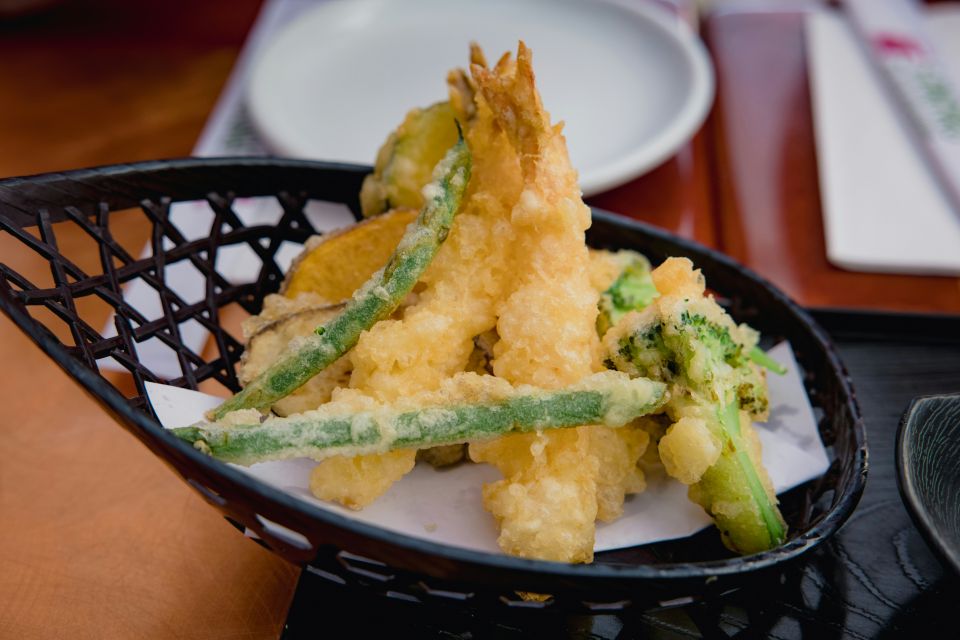
Tempura
Light and crispy, tempura features seafood and vegetables deep-fried in a delicate batter. Best enjoyed with dipping sauce or salt.

Okonomiyaki
This savory pancake includes cabbage, meat, and batter, grilled and topped with sauce, mayo, and bonito flakes. A popular street food.
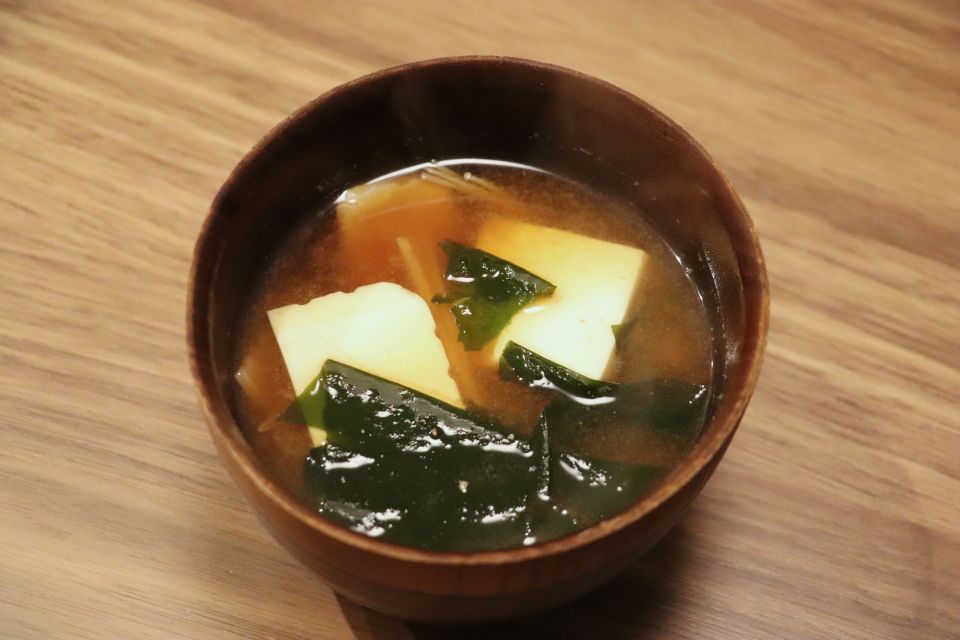
Miso Soup
A staple of Japanese meals, miso soup is made from fermented soybean paste and often contains tofu, seaweed, and green onions.
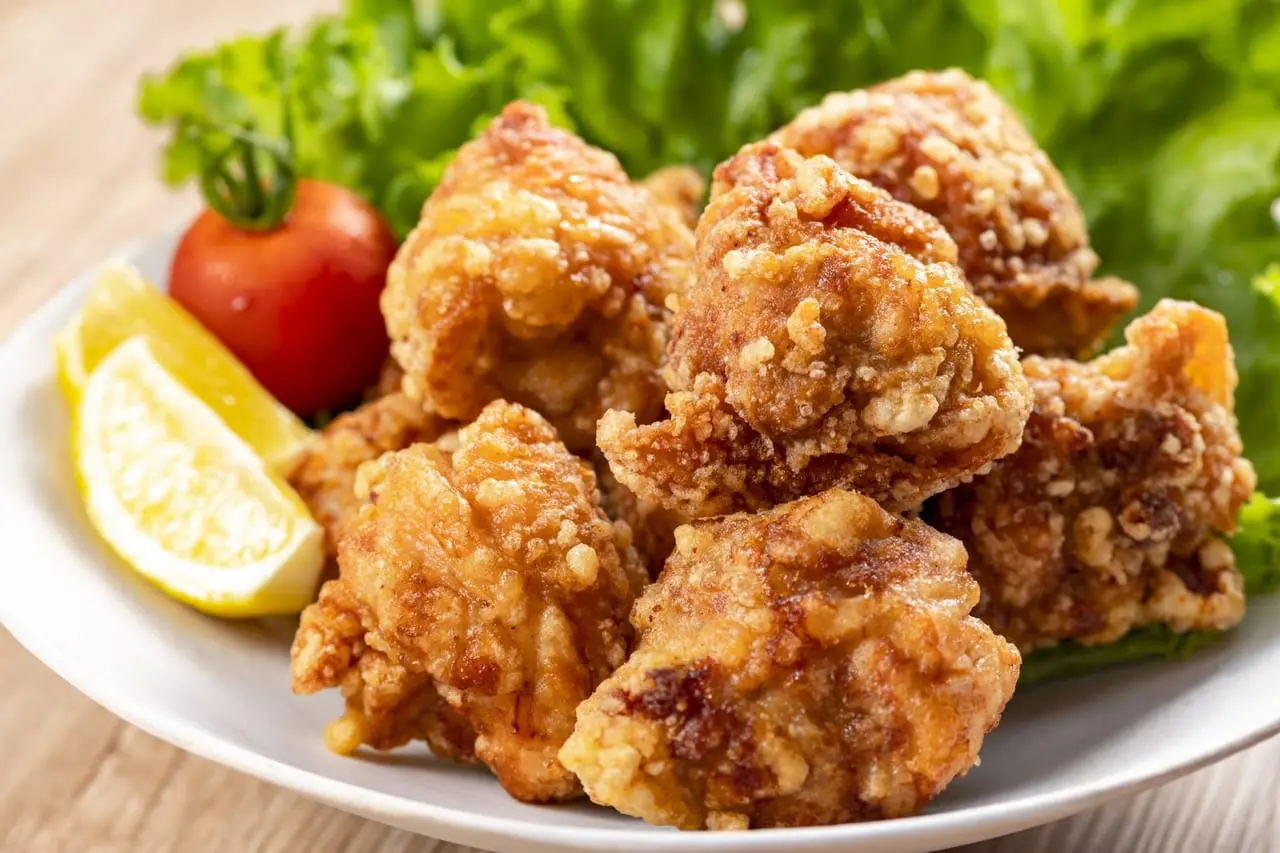
Karaage
Japanese-style fried chicken marinated in soy sauce and garlic, then deep-fried. Juicy inside and crispy outside—a favorite with beer!
Dining Styles in Japan
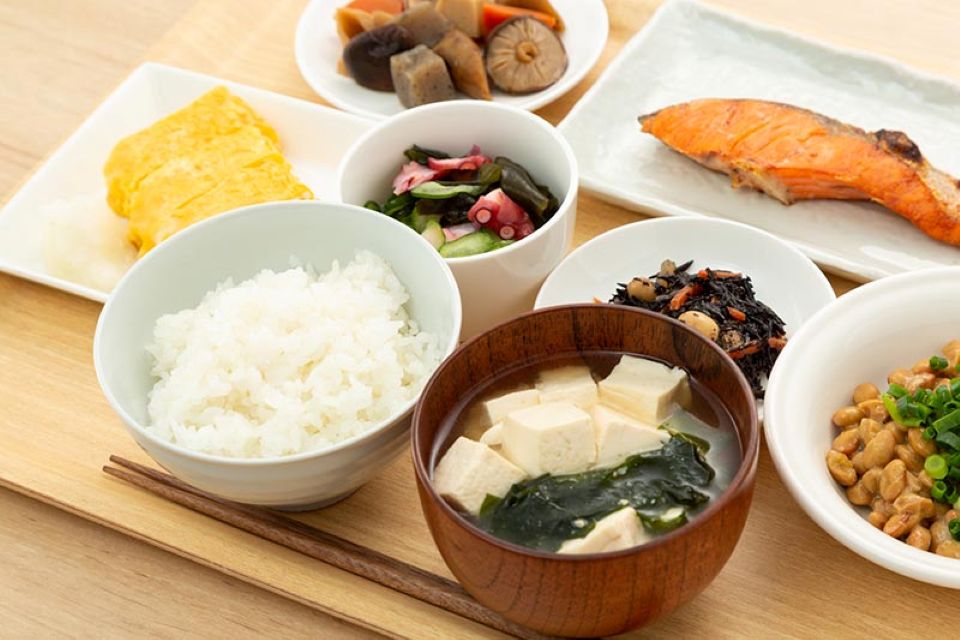
Teishoku
A teishoku meal set includes a main dish (like grilled fish or meat), rice, miso soup, and small side dishes—all served on one tray. It reflects balance and variety in everyday Japanese dining.
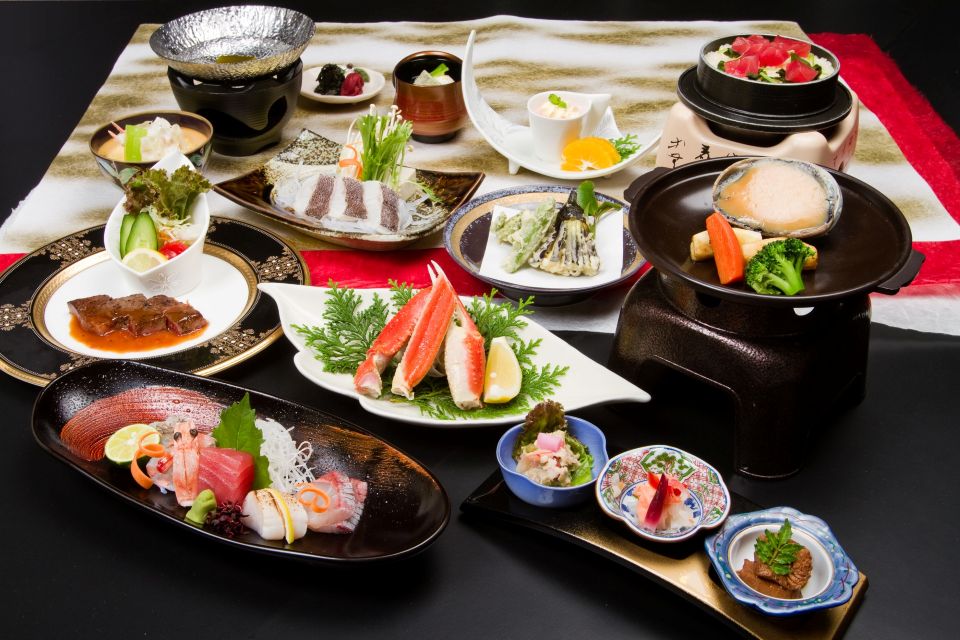
Kaiseki
Kaiseki is a traditional multi-course meal that highlights the seasonality, artistry, and harmony of Japanese cuisine. It is typically served at ryotei (traditional restaurants) or during special occasions.
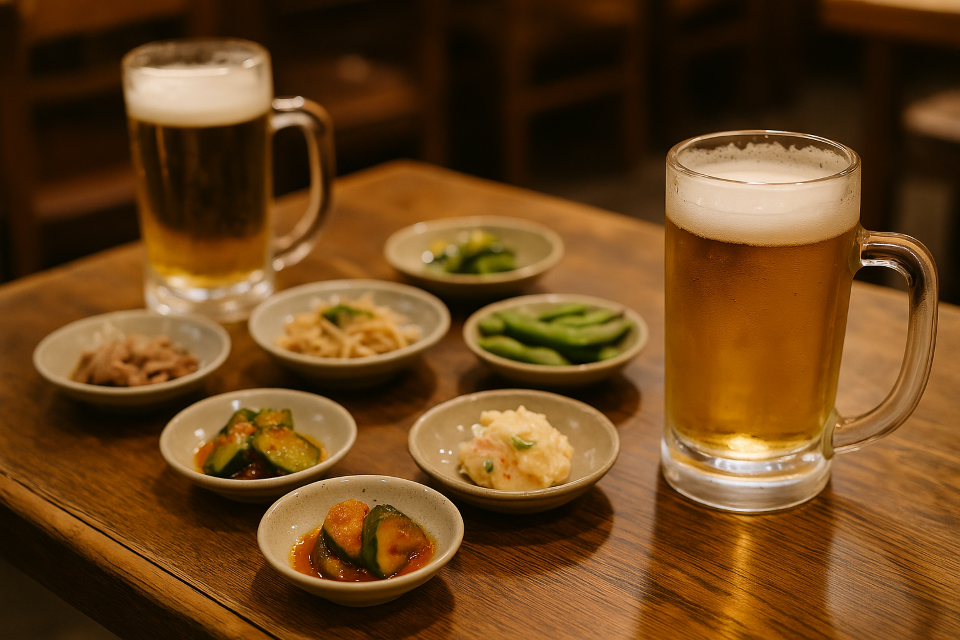
Izakaya
Izakaya are casual pubs where people gather to enjoy a wide variety of small dishes and drinks. From sashimi to fried snacks, food is meant to be shared with friends or colleagues after work.
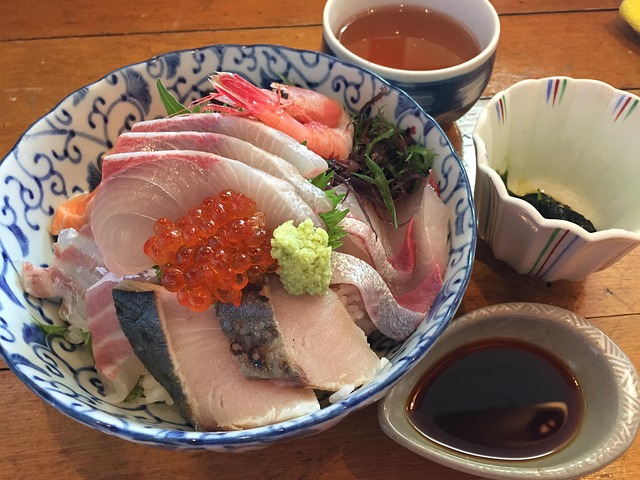
Donburi
Donburi refers to hearty rice bowls topped with ingredients such as tempura (tendon), beef (gyudon), or raw fish (kaisendon). Quick, filling, and customizable—it’s a lunch favorite.
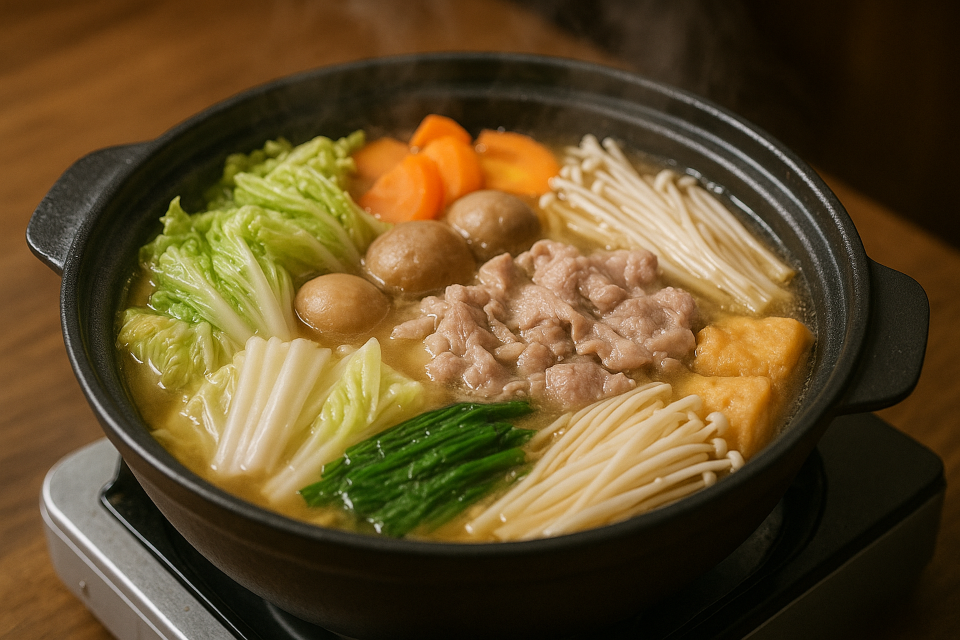
Nabe (Hot Pot)
Nabe is a warm, communal style of eating popular in winter. Family and friends gather around a hot pot filled with vegetables, meat, tofu, and broth, simmering together and served directly from the pot.
How to Order Food in Japan
Ordering food in Japan can be smooth and enjoyable—even if you don’t speak the language. Many restaurants offer visual menus or displays, and staff are used to helping visitors. Here’s a step-by-step guide to make your meal experience easy and pleasant.
Step 1: Choose the Restaurant
Look for a place that fits your mood—ramen shop, sushi counter, or izakaya. Many display plastic food models or photos to help you decide.
Step 2: Use the Vending Machine or Menu
In many casual spots like ramen shops, you order using a vending machine. Otherwise, point to a photo on the menu or say, “Kore onegaishimasu” (“This one, please”).
Step 3: Ordering and Customization
You can add simple custom requests like “no wasabi” or “without egg” by saying “Wasabi nuki” or “Tamago nashi”.
Step 4: After the Meal
Say “Gochisousama deshita” (“Thank you for the meal”) when leaving. Pay at the register unless otherwise noted. Tipping is not required.
🥗 Vegetarian & Halal Options in Japan
Traveling with dietary restrictions? Japan is becoming more inclusive, with vegetarian and halal options increasingly available—especially in urban centers and tourist areas.
🌿 Vegetarian & Vegan Dining
While many Japanese dishes contain dashi (fish broth), vegetarian-friendly restaurants are on the rise—particularly in Kyoto and Tokyo. Look for terms like "shojin ryori" (Buddhist temple cuisine), which is fully plant-based.
Tip: Say “Niku nashi” (no meat) or “Dashi nuki” (without fish stock) when ordering.
🕌 Halal-Friendly Food
Halal-certified restaurants, prayer spaces, and Muslim-friendly menus are now common in major cities and airports. Many Japanese curry shops and ramen spots offer halal versions or provide ingredient lists on request.
Tip: Look for the “Halal Japan” logo or use apps like “Halal Navi” to find suitable restaurants.
No posts found!
